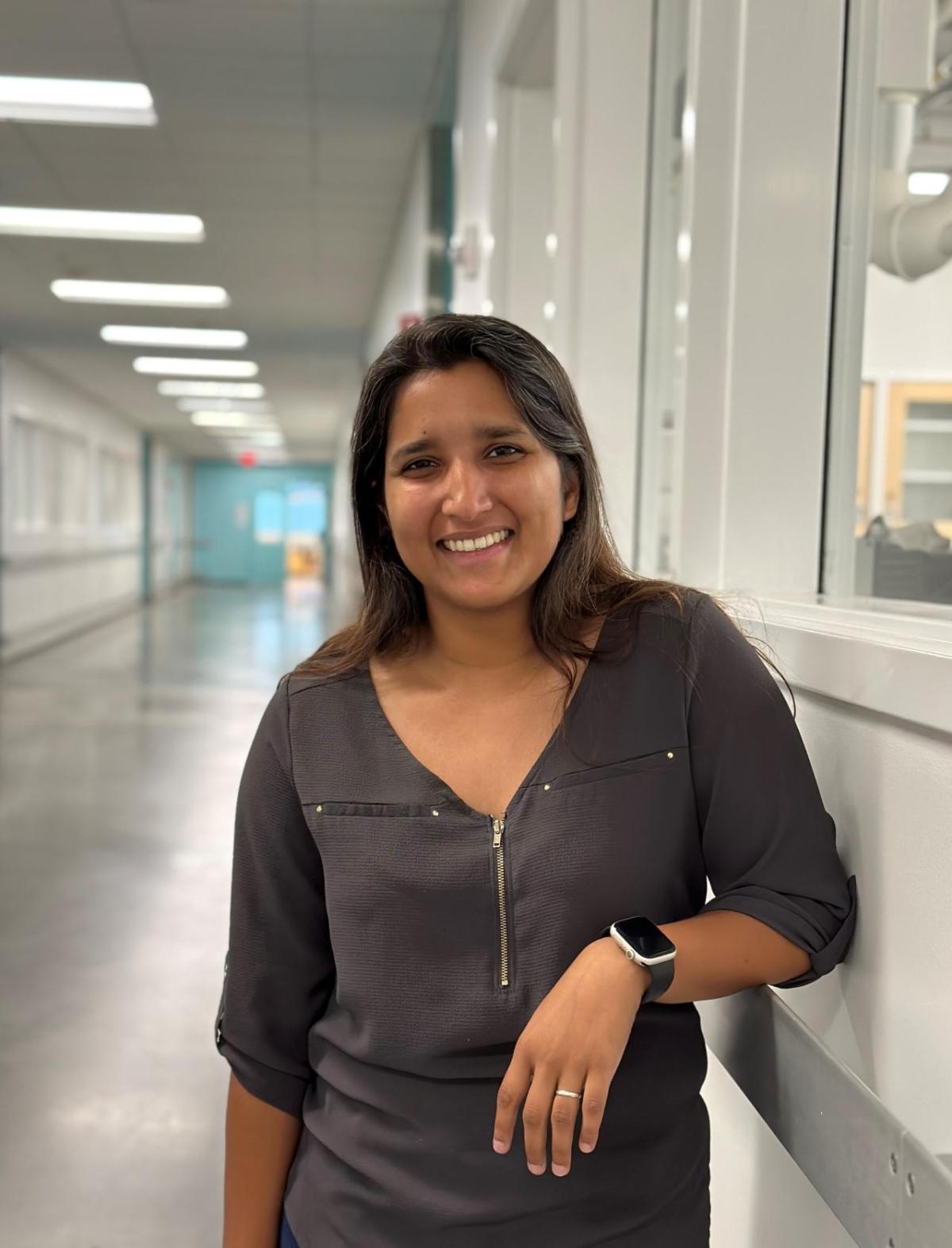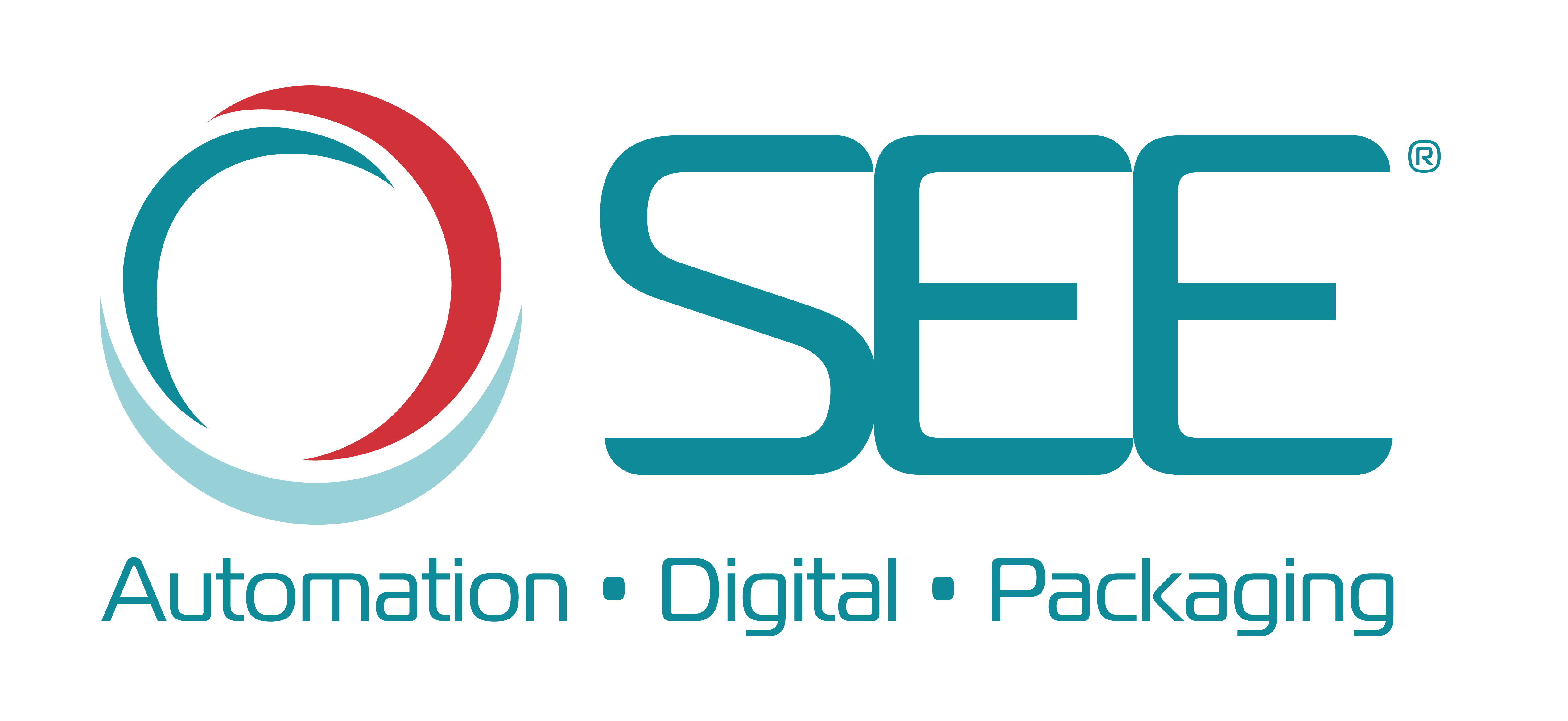From the SEE® Impact Report: Q&A With Scientist Manali Banerjee, Ph.D.
Manali Banerjee is a senior scientist working on SEE’s fiber-based protective packaging portfolio.

Originally published in the SEE® Impact Report 2022
Manali Banerjee, Ph.D. is a senior scientist working on SEE’s fiber-based
protective packaging portfolio. She is responsible for the development of new paper and cellulose packaging solutions and leading the process from lab-scale prototypes to manufacturing. Outside of work, Manali is the co-host of the “Talk Green to Me” podcast, which features interviews with experts on materials and sustainability topics.
How is the work you’re doing advancing SEE’s fiber-based portfolio?
My team and I identify key properties and source paper and fiber materials that will provide the protection SEE’s customers require. I use paper materials to develop new solutions such as mailers, sustainable foams, and other types of protective packaging. My work includes expanding our testing capabilities for paper-based products, writing standing operating procedures for new paper testing equipment, and broadening our knowledge of fiber-based products.
How is SEE integrating paper and fiber materials across its packaging solutions portfolio?
SEE has actually had paper and fibers in its portfolio for a long time. Solutions such as SEALED AIR® brand padded mailers, the SEALED AIR® brand ProPad paper cushioning system, and SEALED AIR® brand TempGuard insulated box liners all use paper from SEE’s own paper mills. Ultimately, we are aiming to expand and integrate fiber materials with our automation capabilities to create robust on-demand paper solutions for our customers as we have done with plastics.
Talk about the science and technology behind paper and what makes the material not only an overall sustainable packaging solution, but also a good choice for product protection.
Paper and fiber technologies have been around for a long time because paper and cellulose fibers are renewable materials that come from trees and plants, which are abundantly available. Being completely recyclable and biodegradable, paper is a great sustainable material for making products. The key innovation behind SEE’s paper and fiber-based packaging solutions is achieving performance. The stiffness and strength of the material make paper a great void-fill solution. There is also high-impact protection because of the tear strength of paper, especially virgin paper, since cellulose fibers are long and retain the strength. Similarly, the long cellulose fibers can make paper quite moldable, which is a property that is leveraged for cushioning.
What recent innovations has SEE made within its paper/fiber portfolio that are solving our customers’ challenges?
SEE recently launched the AUTOBAG® brand 850S paper mail order fulfillment system, which offers two types of paper mailers: bleached (which can be imprinted) and natural Kraft. This is the first-of-its kind semi-automated bagger that can use paper mailers—a huge step in advancing our fiber packaging portfolio. End users can easily recycle these mailers in curbside bins. While we already have discrete mailers in the paper space, adding automation is a differentiator. SEE’s new BUBBLE WRAP® brand paper bubble mailer also brings cushioning protection to our mailer portfolio while keeping the entire solution fiber based and recyclable. This solution meets the needs of many customers who are looking for a sustainable alternative that doesn't compromise product protection.
How did we incorporate the look, feel, and protection of our flagship product, BUBBLE WRAP® brand original cushioning, into a paper packaging solution?
I started working on the BUBBLE WRAP® brand paper bubble mailer shortly after joining SEE and used my experience in paper engineering to determine the exact properties and ranges of properties that would get us to the level of protection that our existing mailers provide. We also wanted to go back to our roots and get the appearance of bubbles within a mailer. Various SEE teams evaluated papers in the lab and on the line to ensure the materials would provide cushioning and convert properly without tearing. The end result was the right paper thickness combined with SEE’s legacy bubble pattern that gives the mailer the necessary loft and protection.

